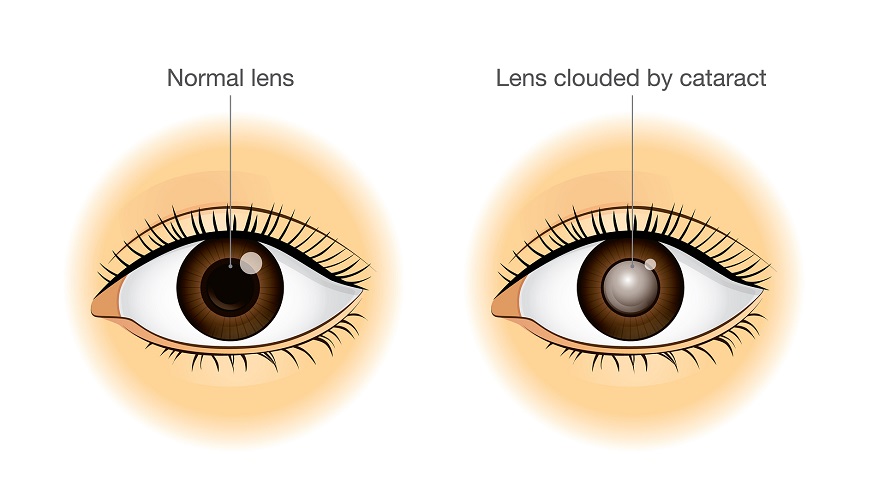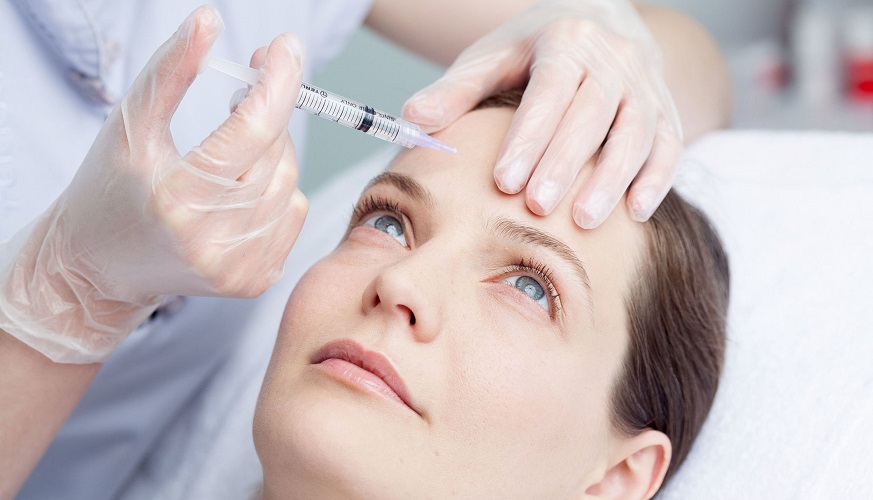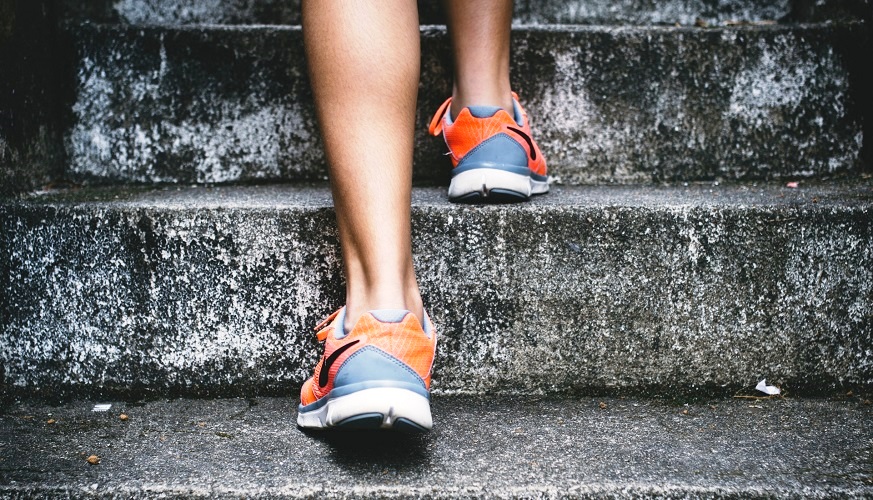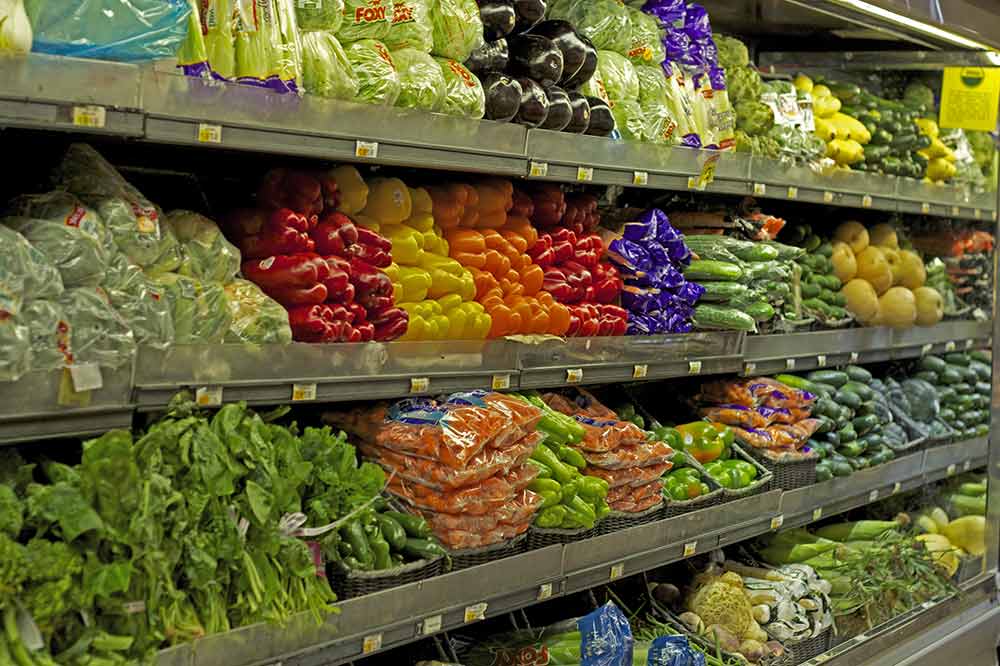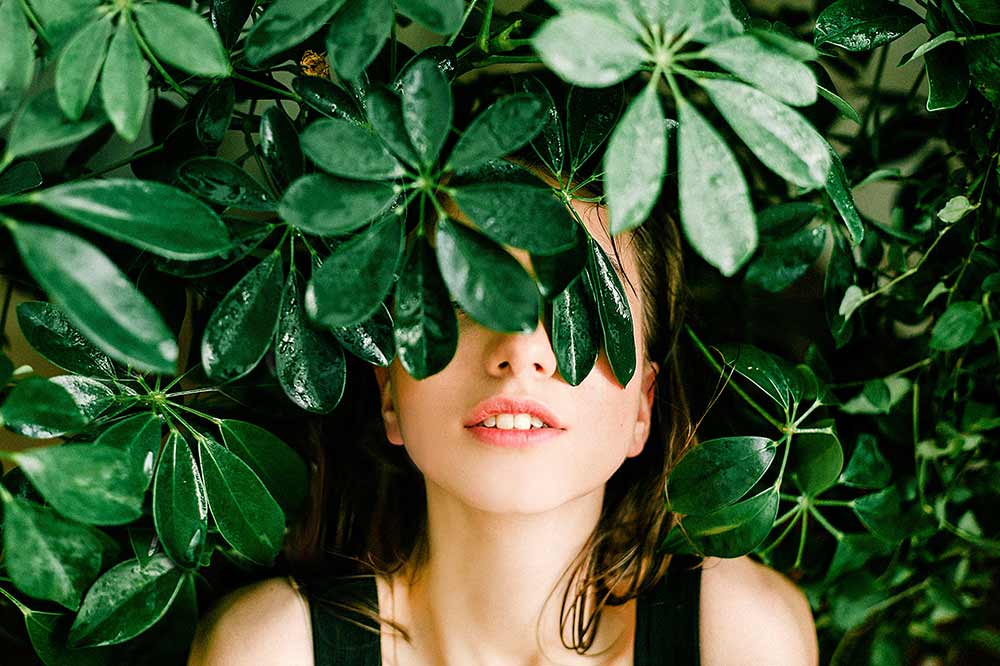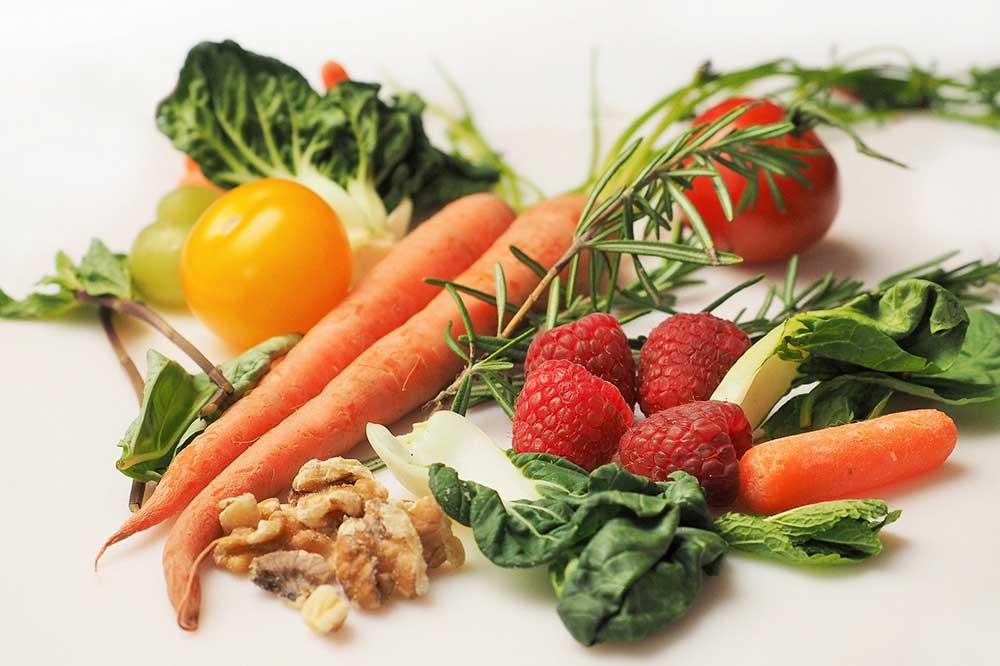Cataract surgery can fix compromised vision induced by cataracts that make reading, driving a car (especially at night) increasingly challenging. Luckily, cataract surgery is usually a safe and successful operation.
For those who don’t know, cataracts arise due to the lens of the eye becoming clouded. Responsible for allowing light to travel into the retina, the lens is a transparent substance composed mainly of water and protein fibres. As the fibres clump together, the lens becomes less affective, leading to blurred sight and, if left unchecked, total blindness.
Often cataracts grow slowly and don’t always affect the eyesight immediately. Over time, though, cataracts will gradually impact your vision. Some of the numbers relating to cataracts are shocking. Cataracts are responsible for 51% of the world’s blindness that occurs, and it is estimated that no fewer than 65 million people globally are affected by cataracts to some degree.
There are many ways which you can help reduce the chances of you contracting cataracts, some of which you can begin immediately.

